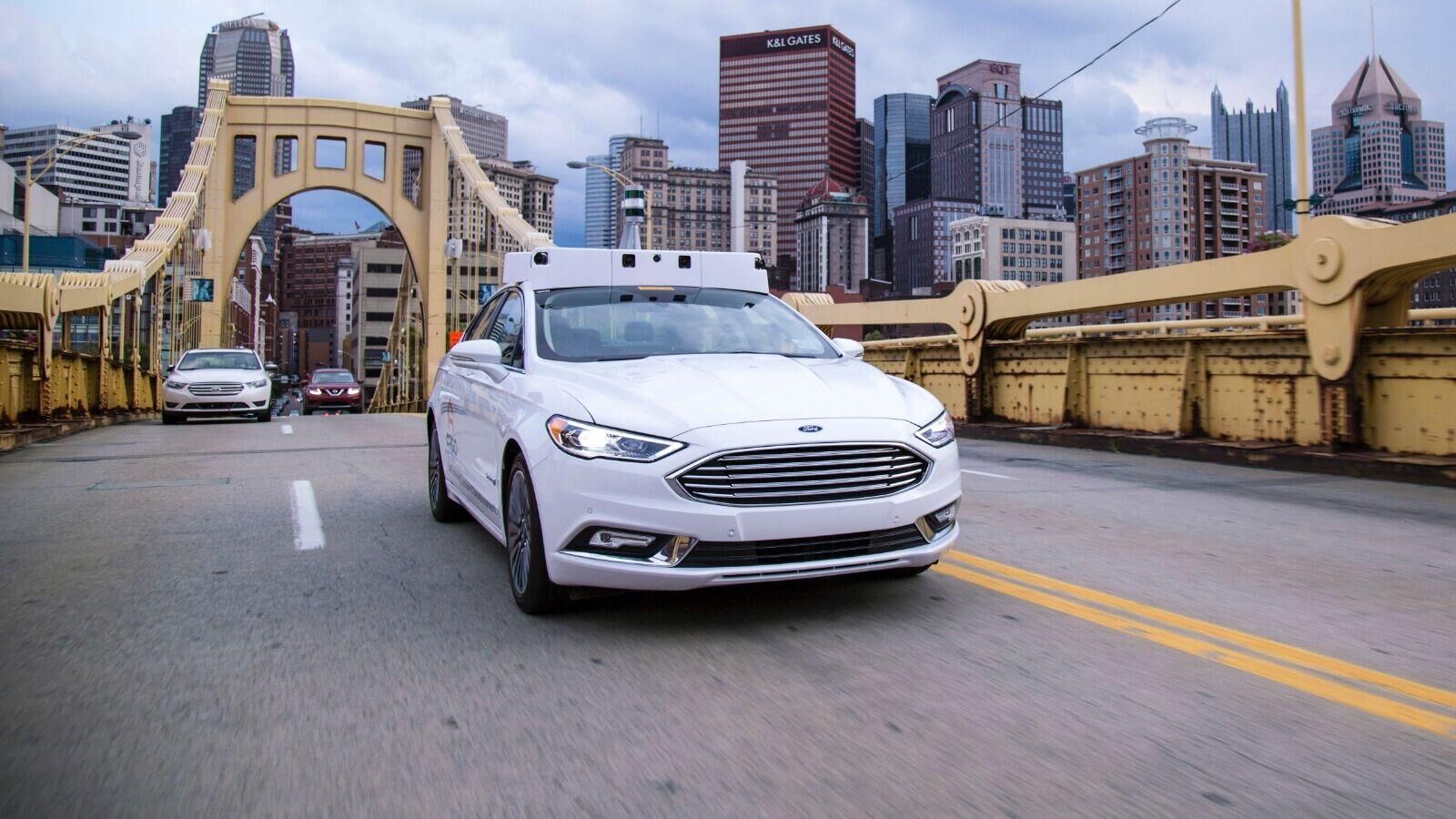Will Self-driving Cars Reduce Traffic? New Study Says Yes
Published 7:26 pm Monday, February 22, 2021
Amelia Dalgaard
A self-driving Ford Fusion with Argo AI autonomous technology drives across a bridge in Pittsburgh, Pennsylvania. (Ford Motor Company)
Many consumers look forward to the day when society will transition to self-driving vehicles. The additional free time, the relaxed commute, and the lack of stress contribute to a collective desire to let a car do its own driving. But what about traffic? Will self-driving cars reduce traffic?
Until the widespread adoption of self-driving cars becomes a reality, most opinions about how and if autonomous vehicles will improve our lives are just theoretical. However, a recent study provides valuable insights into how society may benefit once technology takes the wheel.
Pittsburgh-based tech companies Argo AI and Rapid Flow Technologies recently conducted a pilot project in the Pennsylvania city to answer whether a connected infrastructure helps improve traffic. The findings, published in February 2020, show encouraging results.
Rapid Flow Technologies uses two types of systems in its quest to improve traffic. The first, a software called Surtrac, collects data at traffic lights. As human-piloted vehicles, pedestrians, and other users approach an intersection, Surtrac records their movements. Then, using this data, the company employs predictive modeling to improve traffic flow.
The second system, the one tested in the pilot project, is called Routecast. Taking the Surtrac data set one step further, Routecast gathers information from vehicles willing to share it to improve Rapid Flow Technologies’ predictive modeling and the timing of the traffic lights to keep things moving.
According to the new report, the implementation of Surtrac technology at traffic signals reduced delays for human-driven vehicles by up to 20% and improved travel times by approximately 16%. For people struggling with reduced productivity due to travel times, these are significant gains.
But what happens when the cars are driving themselves? According to the report, that’s when things get interesting.
During the pilot program, Argo AI put 15 self-driving vehicles on Pittsburgh’s streets to gather and share their data. Using a wireless cloud communication system, the pilot vehicles reported route positions, speed, braking, and idling data in real-time. Then, using its scheduling algorithms, Rapid Flow Technologies timed each vehicle to ensure it would avoid red lights.
This more active, two-way system using self-driving vehicles instead of human-piloted ones achieved a 40% reduction in time spent at red lights.
According to Pete Rander, president and co-founder of Argo AI, “That’s a pretty powerful thing.” Rander continues, “While self-driving is at the core of what we do, we’re operating in dense urban environments. Everyone is worried about congestion. Anything we can do that helps on this front, we’ll do.”
This type of data enables society to evaluate the possibilities surrounding self-driving cars and connected infrastructure. If an intersection becomes a two-way exchange between a vehicle and a traffic signal, a new level of vehicle-to-infrastructure (V2X) communication may surface. For example, in this scenario, vehicles could receive information about a traffic light’s status even if it is obstructed, broken, or blocked from the car’s sensing capabilities.
Currently, automotive manufacturers such as Mercedes-Benz, Tesla, and Volvo produce sophisticated, technology-rich vehicles to bridge the gap between where we are today and where we’ll be when these vehicles are ready for full automation. But if automakers and city officials cooperate on implementing dynamic technologies in both cars and connected infrastructure, this new study suggests a genuine benefit to society.
With less traffic, less confusion about traffic signals, and a more efficient transportation system as a whole, the future looks remarkably bright.





